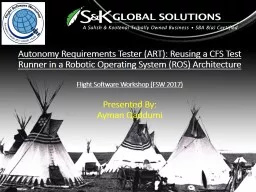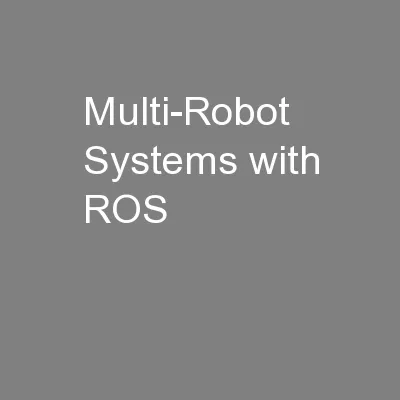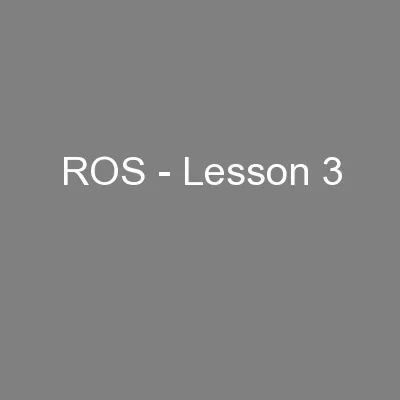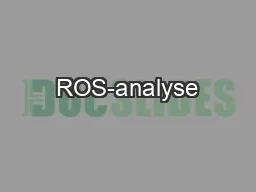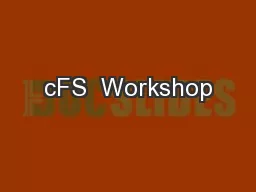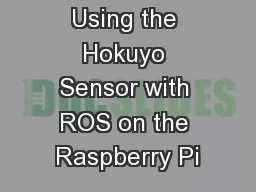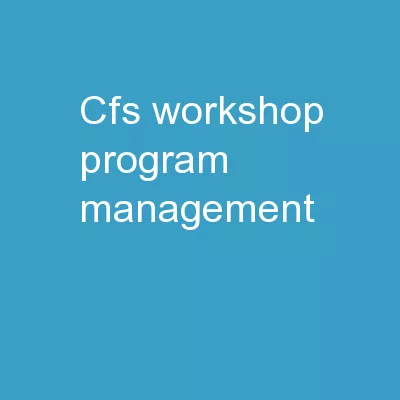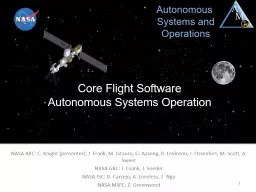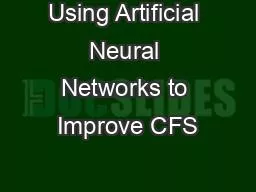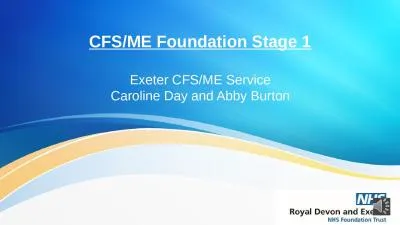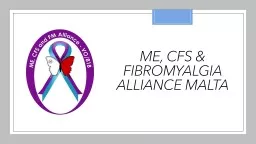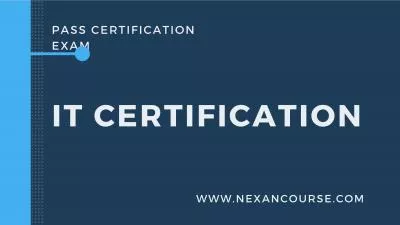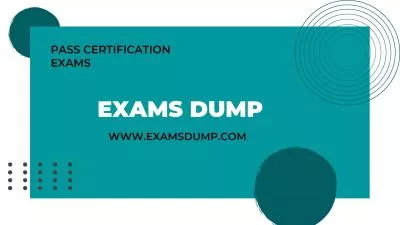PPT-Autonomy Requirements Tester (ART): Reusing a CFS Test Runner in a Robotic Operating
Author : danika-pritchard | Published Date : 2019-11-05
Autonomy Requirements Tester ART Reusing a CFS Test Runner in a Robotic Operating System ROS Architecture Flight Software Workshop FSW 2017 Presented B y Ayman Qaddumi
Presentation Embed Code
Download Presentation
Download Presentation The PPT/PDF document "Autonomy Requirements Tester (ART): Reu..." is the property of its rightful owner. Permission is granted to download and print the materials on this website for personal, non-commercial use only, and to display it on your personal computer provided you do not modify the materials and that you retain all copyright notices contained in the materials. By downloading content from our website, you accept the terms of this agreement.
Autonomy Requirements Tester (ART): Reusing a CFS Test Runner in a Robotic Operating: Transcript
Download Rules Of Document
"Autonomy Requirements Tester (ART): Reusing a CFS Test Runner in a Robotic Operating"The content belongs to its owner. You may download and print it for personal use, without modification, and keep all copyright notices. By downloading, you agree to these terms.
Related Documents

